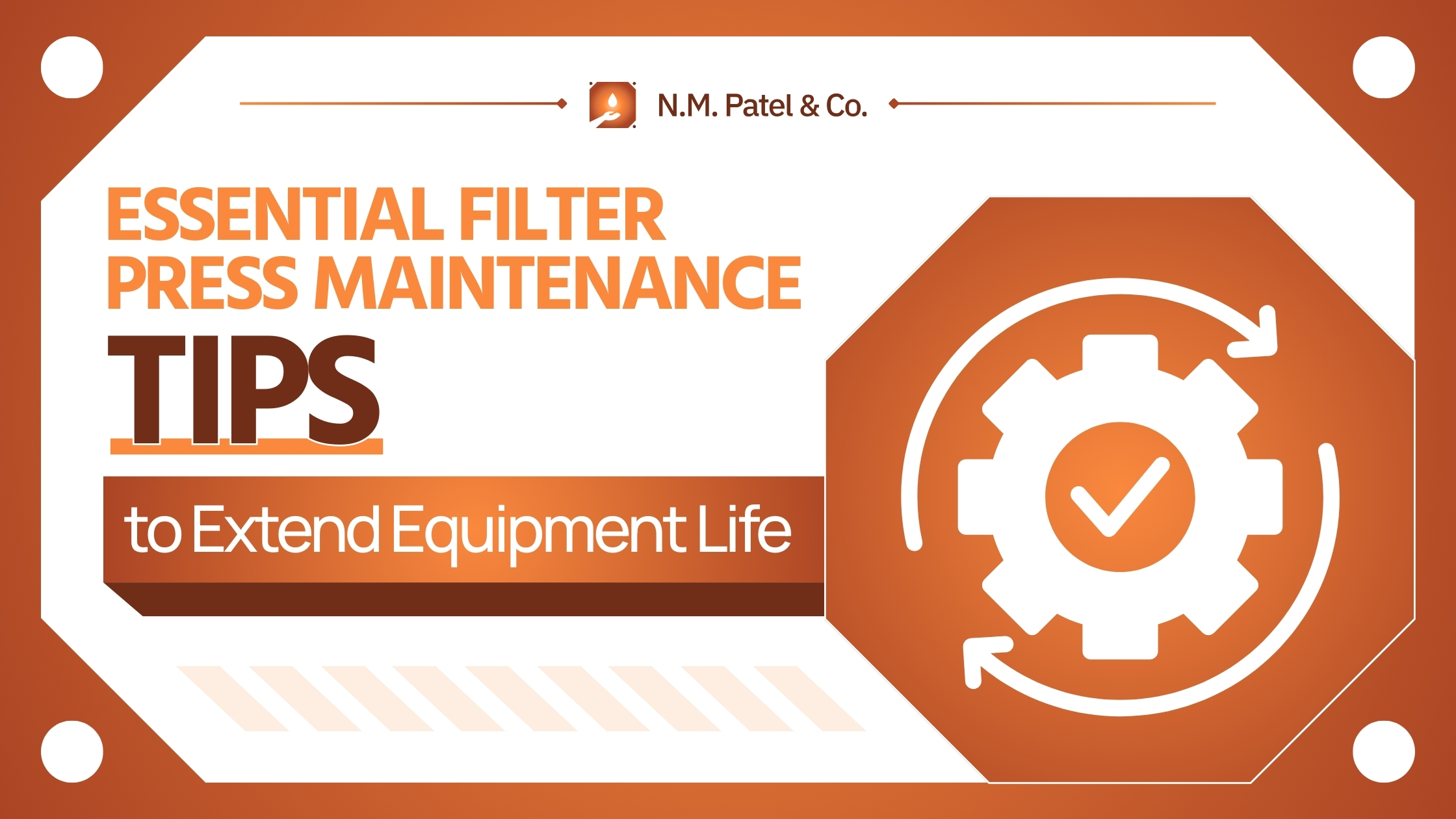Why Regular Maintenance Matters
A filter press is a workhorse in industries like mining, chemicals, food, and wastewater treatment. But like any machine, it only performs well if maintained properly.
Regular filter press maintenance reduces costly downtime, keeps your process efficient, and prevents premature equipment failure. In fact, companies that adopt a daily and weekly maintenance schedule report up to 15% less downtime compared to those that don’t.
Daily Checks to Keep the Press Running
Daily maintenance is all about quick inspections that take only a few minutes but can save you hours of unplanned stoppage.
Check the hydraulic system for leaks, monitor oil levels, and listen for unusual noises. Inspect filter cloths for buildup and remove excess cake before the next cycle. Keep a daily log of cycle times, cake quality, and filtrate clarity. This helps spot problems early.
Weekly Tasks for Smooth Operations
Weekly checks go deeper. Filter cloth cleaning should be a priority. Use a pressure washer or non-metallic scraper to remove embedded particles. Dirty or clogged cloths reduce filtration efficiency and stress the hydraulic system.
Also, inspect filter plates and stay bosses for wear and buildup. Clear discharge ports to prevent clogging, and check that cloths are free of tears. A quick 30-minute inspection once a week can extend cloth life significantly.
Monthly Deep Dives & Spare-Part Checks
Monthly maintenance focuses on alignment and part integrity. Tighten bolts, inspect seals, and ensure plates are properly aligned to avoid uneven pressure.
Lubricate moving components like the closure system and test the control panel sensors for accuracy. At this stage, review your spare parts inventory—filter cloths, seals, and plates are wear items you’ll want on hand to avoid production halts.
Signs Your Filter Press Needs Maintenance
Even with routine care, your press will show signs when it needs attention. Watch for:
- Longer cycle times than normal.
- Cloudy filtrate, indicating cloth failure.
- Excessive noise or vibration during operation.
- Leaks from seals or hydraulics.
- Wet or slimy cakes after filtration, often caused by worn or clogged cloths.
Addressing these issues immediately can prevent costly damage.
Smart Upgrades That Save Time & Money
Maintenance isn’t only about fixing problems—it’s also about improving performance.
Switching to high-quality cloths and plates increases lifespan. Adding automatic feed pump controls reduces pressure spikes that wear down cloths prematurely. Many facilities also benefit from preventive service agreements, where technicians inspect equipment even when no problems are visible.
These upgrades reduce downtime and improve overall process efficiency.
FAQs
1. How often should I clean the filter cloth?
At least once a week, or more often if operating in heavy slurry conditions.
2. What’s a clear sign of filter cloth failure?
Wet cakes and cloudy filtrate even after cleaning.
3. Can I reduce maintenance frequency with upgrades?
Yes. High-quality cloths and automatic pump controls reduce strain, but inspections remain essential.
4. Should I schedule technician visits even without issues?
Yes—preventive service extends lifespan and avoids unexpected breakdowns.
5. How long do filter cloths last?
Hundreds to thousands of cycles, depending on slurry type and cleaning frequency.


